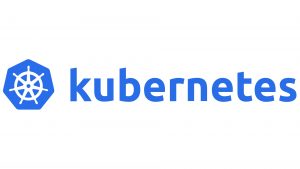Introduction
In this tutorial, we’ll explore how to scale up and down Kubernetes pods dynamically to accommodate varying workloads and traffic demands. Kubernetes provides powerful tools for managing containerized applications, including the ability to scale resources up or down seamlessly. We’ll walk through the process with detailed code examples to help you understand and implement scaling in your Kubernetes deployments.
Prerequisites
Before we begin, make sure you have the following prerequisites:
- Basic understanding of Kubernetes concepts
- Access to a Kubernetes cluster (local or cloud-based)
kubectlcommand-line tool installed and configured to interact with your cluster
Scaling Kubernetes Pods
1. Horizontal Pod Autoscaler (HPA)
The Horizontal Pod Autoscaler automatically scales the number of pods in a replication controller, deployment, replica set, or stateful set based on observed CPU utilization or custom metrics. Let’s see how to create an HPA for a deployment.
Create a Deployment
apiVersion: apps/v1
kind: Deployment
metadata:
name: example-deployment
spec:
replicas: 3
selector:
matchLabels:
app: example
template:
metadata:
labels:
app: example
spec:
containers:
- name: example-container
image: nginx:latestApply the deployment YAML:
kubectl apply -f deployment.yamlCreate an HPA
apiVersion: autoscaling/v2beta2
kind: HorizontalPodAutoscaler
metadata:
name: example-hpa
spec:
scaleTargetRef:
apiVersion: apps/v1
kind: Deployment
name: example-deployment
minReplicas: 1
maxReplicas: 10
metrics:
- type: Resource
resource:
name: cpu
target:
type: Utilization
averageUtilization: 50Apply the HPA YAML:
kubectl apply -f hpa.yaml2. Manual Scaling
You can also manually scale the number of replicas in a deployment. Let’s scale up the deployment to 5 replicas:
kubectl scale --replicas=5 deployment/example-deploymentTo scale down:
kubectl scale --replicas=2 deployment/example-deploymentConclusion
Scaling Kubernetes pods is essential for optimizing resource utilization and ensuring high availability of your applications. In this tutorial, we covered both automatic scaling using Horizontal Pod Autoscaler and manual scaling using kubectl commands. Experiment with different scaling strategies to find the best fit for your workload and infrastructure.


